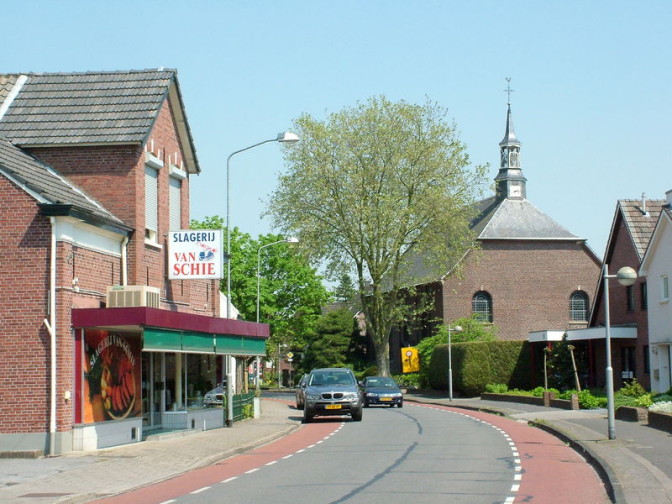In the 17th and 18th century, after the Spanish rule ended, the Dutch Reformed church was the State Church. In most provinces, other religions like Roman Catholics were oppressed and forbidden to worship or hold public office. They would sometimes worship in churches that were hidden from view.
On the other side of the border, things were different. For example, the landlord of Münster was also its bishop. He was greatly involved in the Contra-Reformation and founded chapels all along the Dutch/Münster border to support the Roman Catholics in the Netherlands.
Each Sunday, Roman Catholics from the border provinces would walk, sometimes for hours, to visit the chapels on Münster soil. Halfway, they might meet Protestants from Germany who would walk the other way to worship in the Netherlands. This means that the baptisms of their children will be recorded in a different country than where they were living.
This arrangement lasted until 1795, when the French occupation brought “Liberté, égalité et fraternité” [Liberty, equality and fraternity] and allowed everybody to worship according to their own beliefs. After the French occupation ended, freedom of religion remained.

St. Michael’s church in Suderwick, Germany. The border runs along the right side of the street; the houses on the left and the street itself are Dutch. Credits: Ziko-C, Wikimedia Commons (CC-BY).

